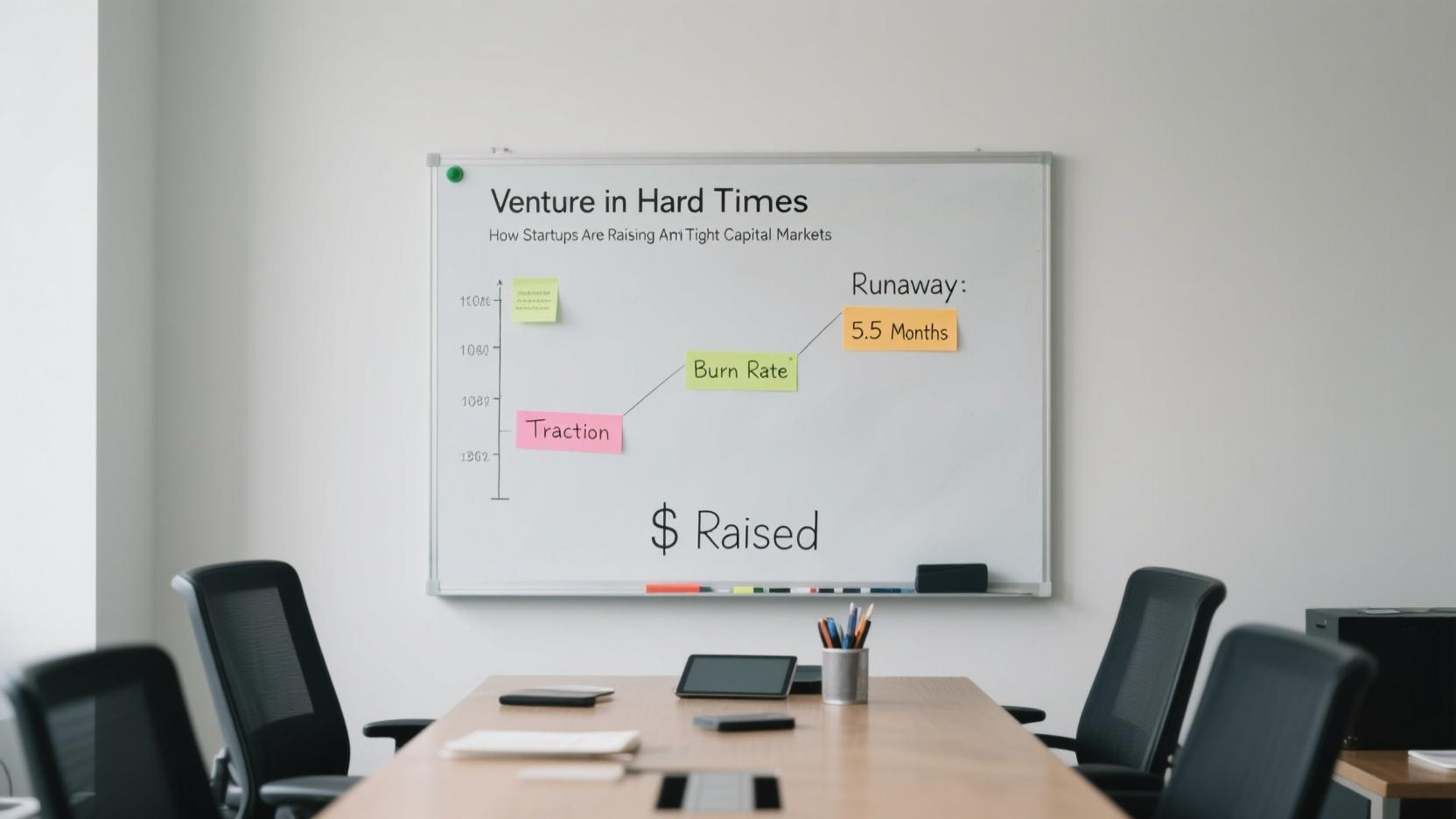Cold Cash, Hot Ideas: Navigating Fundraising in a Downturn
After the exuberance of 2021–2022, the venture capital landscape has shifted dramatically. In 2025, startups face a reality where funds are tighter, due diligence is slower, and valuation expectations have reset. Yet amid the funding freeze, smart founders are still closing rounds — by adjusting how, when, and what they pitch.

The Market Reset: Less Capital, More Discipline
Global VC funding is down 40% from its peak. Mega-rounds have cooled. Growth investors have retreated. Many early-stage VCs are prioritizing existing portfolio companies over new deals.
Key changes include:
More scrutiny on unit economics and burn multiples
Emphasis on path to profitability, even at seed stage
Preference for startups that show traction over vision
Survival Tactics: What’s Actually Working
Smaller rounds, faster closes
Many startups are raising $500K–$1.5M bridge rounds instead of chasing big Series As.
Milestone-driven fundraising
Rather than aiming for a 12–18 month runway, founders are aligning capital asks with concrete outcomes (e.g., “$250K to hit 10K DAUs”).
Alternative capital sources
Revenue-based financing via platforms like Pipe or Capchase
Strategic angels who bring industry access, not just cash
Community crowdfunding via Wefunder or Republic
Case Study: Doing More with Less in B2B SaaS
A Boston-based startup building vertical SaaS for car dealerships raised only $750K, refused to scale headcount, and focused on:
Landing three paying pilots
Reaching positive monthly cash flow in 7 months

Then raising a priced round at a stronger valuation
They’ve since attracted a $4M Series A with minimal dilution.
“It wasn’t glamorous, but it worked,” said co-founder Marissa Park. “We sold first, raised later.”
Key Takeaway
Tough markets test true product-market fit. In 2025, capital-efficient execution is the new pitch deck. The best founders aren’t waiting for the market to bounce back — they’re building real businesses in real time.
